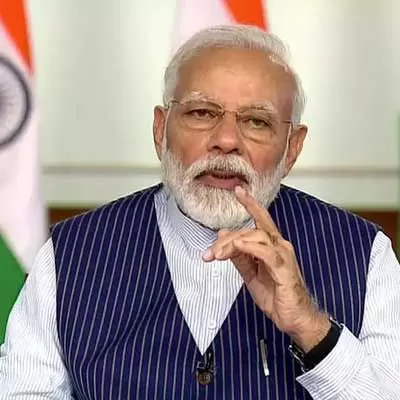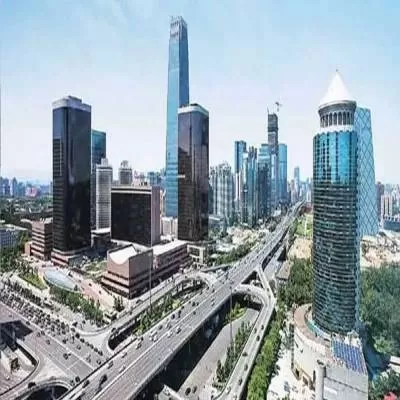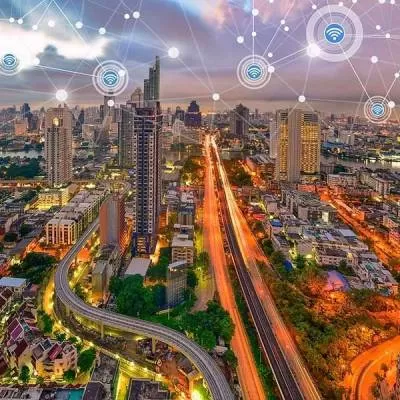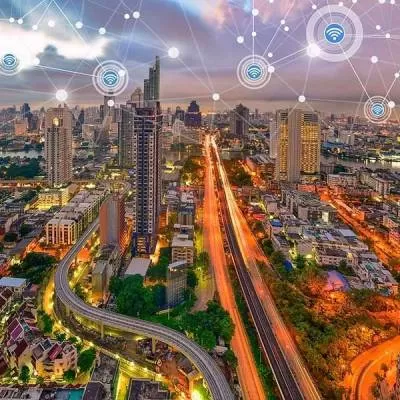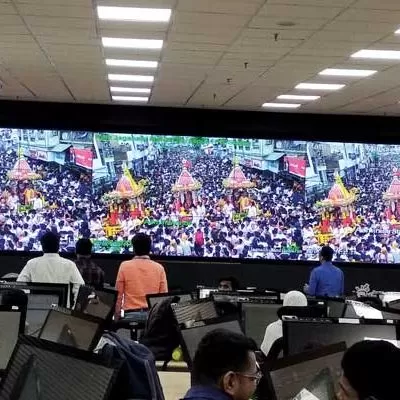- Home
- Infrastructure Urban
- SMART CITIES
- Smart cities require the development and maintenance of infrastructure
Smart cities require the development and maintenance of infrastructure
- smart cities
- technology
- technical solutions
- development
- maintenance
- infrastructure
- government
- civil infra
- Gautam Balakrishnan
- Tata Projects
- RFPs
- request for proposals
- resources
- smart traffic
- smart mobility
- master integrators
- India’s first heritage smart city
- Jaipur
- Hardik Agrawal
- sewerage
- water supply
- ICT ducts
- smart lighting
- smart bus stops
- parking management systems
- R Srinivasan
- L&T Smart World and Communication
- hub and spoke model
- CCC
- ports
- power generation
- education
- agriculture
- EV charging infrastructure
- oil and gas
- master plans
- DPRs
Developing smart cities is not just a process whereby technology providers offer technical solutions and city authorities procure them. It also requires the development and maintenance of the infrastructure to support these technical solutions. Thus, the government’s smart cities plan has identified the basic need to merge ICT and civil infra. To ensure the transition, Gautam Balakrishnan, Vice President - Smart Cities Business, Smart Cities, Tata Projects, says, “They are coming up with many smart infra RFPs (request for proposals), which are localised as per the resources available and are implementing the latest technologies available globally. The bidder is then required to implement the solution and maintain it for a defined period.” For the Government, this serves the twin purpose of upgrading to smart solutions and availing them on a service-level agreement (SLA) basis rather than procuring the technology and maintaining it themselves. Smart cities provide enormous opportunities and Balakrishnan sees this going beyond 2025. “As of now, there are over Rs 1 trillion worth of projects in the smart cities space and most of them are in the infra domain, including smart roads, smart utilities, smart traffic and smart mobility,” he says. “We scout for opportunities to bid as master integrators or take up standalone projects with an ideal contract ticket size of Rs 1-5 billion.”Dineshchandra R Agrawal Infracon is involved in the development of India’s first heritage smart city: Jaipur. While for Hardik Agrawal, Director, Dineshchandra R Agrawal Infracon, redeveloping the heritage part of the city is an experience in itself, he goes on to elaborate on the opportunities coming with smart roads in India. “On average, every city will have 500 km of smart roads that will need to be built. This spells an opportunity for 500,000 km of smart roads to be developed under the mission. Also, a smart road is allied and built into the infrastructure of sewerage, water supply, ICT ducts, smart lighting, smart bus stops, parking management systems, etc.”Commenting on the cities identified by the Government for smart transformation, R Srinivasan, Executive Vice-President & Head, L&T Smart World and Communication, says, “The whole idea is of a hub and spoke model, i.e., a nodal central infrastructure is created, in this case CCC, and smart elements are sequentially integrated into it in a phased manner.” L&T Smart World and Communication is currently implementing a project in Tamil Nadu in which the centralised CCC is being set up for 10 smart cities, into which smart solutions will be integrated as they are implemented in phases. In Pune, the company is integrating around 40 smart interventions. And, with more cities preparing to join the smart bandwagon, Srinivasan says, “We see impressive growth in the smart world space, particularly in the areas of smart surveillance, intelligent traffic management systems (ITMS), smart meter, smart grid, smart water management, sewage systems and smart infrastructure across the country.” The smart elements implemented across smart cities can be extended to critical infrastructure across the country in ports, power generation, education, agriculture, EV charging infrastructure, and the oil and gas sectors.Little wonder then, that consultants are gung ho on preparing master plans for the cities, Grant Thornton India is currently working in Gangtok, Jalandhar, Nagpur, Namchi, Sagar, Tumakuru and Varanasi. “The works are progressing well,” shares T Ravinder Reddy, Partner, Grant Thornton India. “Many of these cities are almost completing the design stage. All the DPRs submitted have been approved and in each city several tenders have already been issued. Contractors have started work in Varanasi, Nagpur, Sagar, Gangtok and Namchi.”



